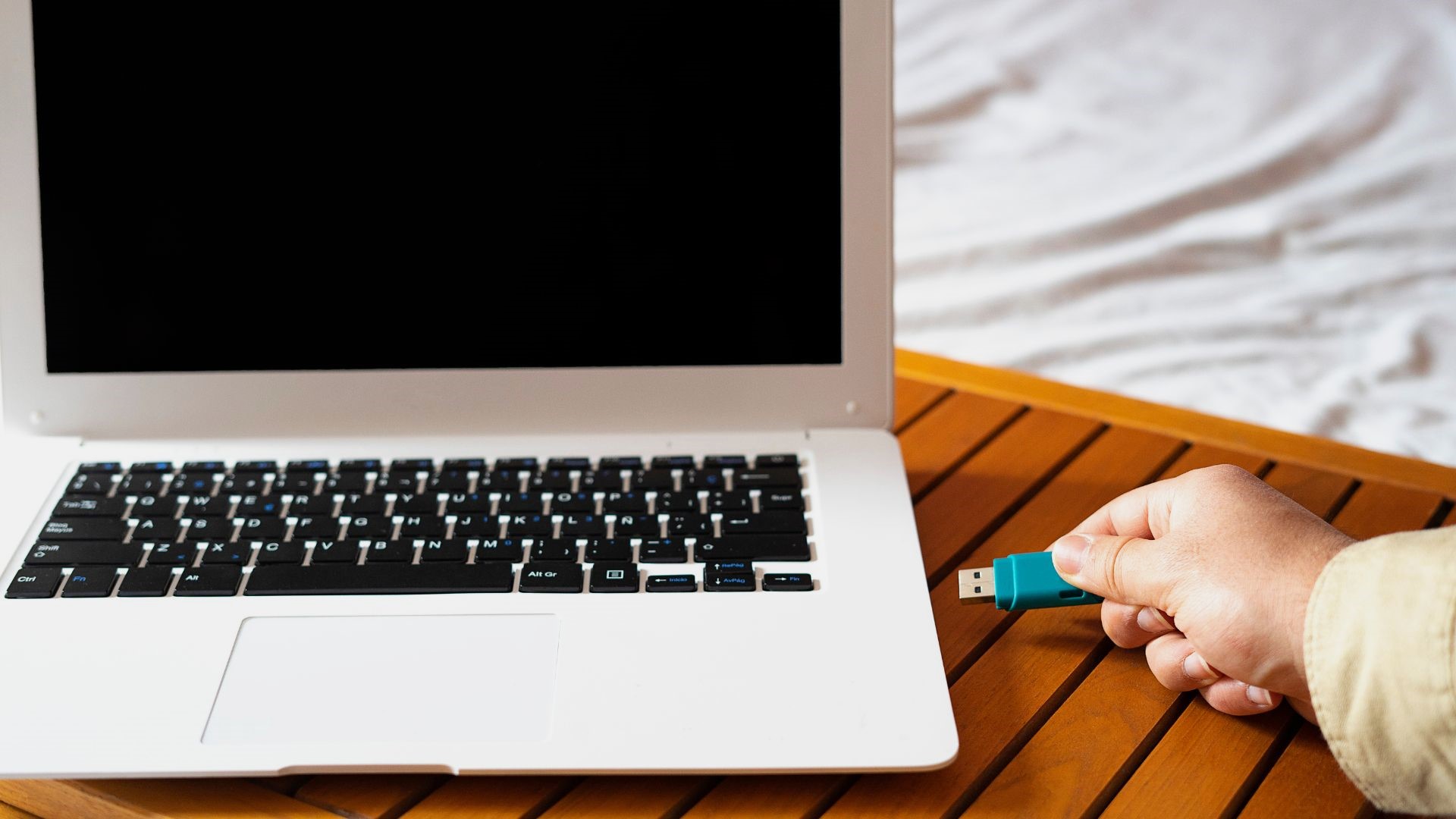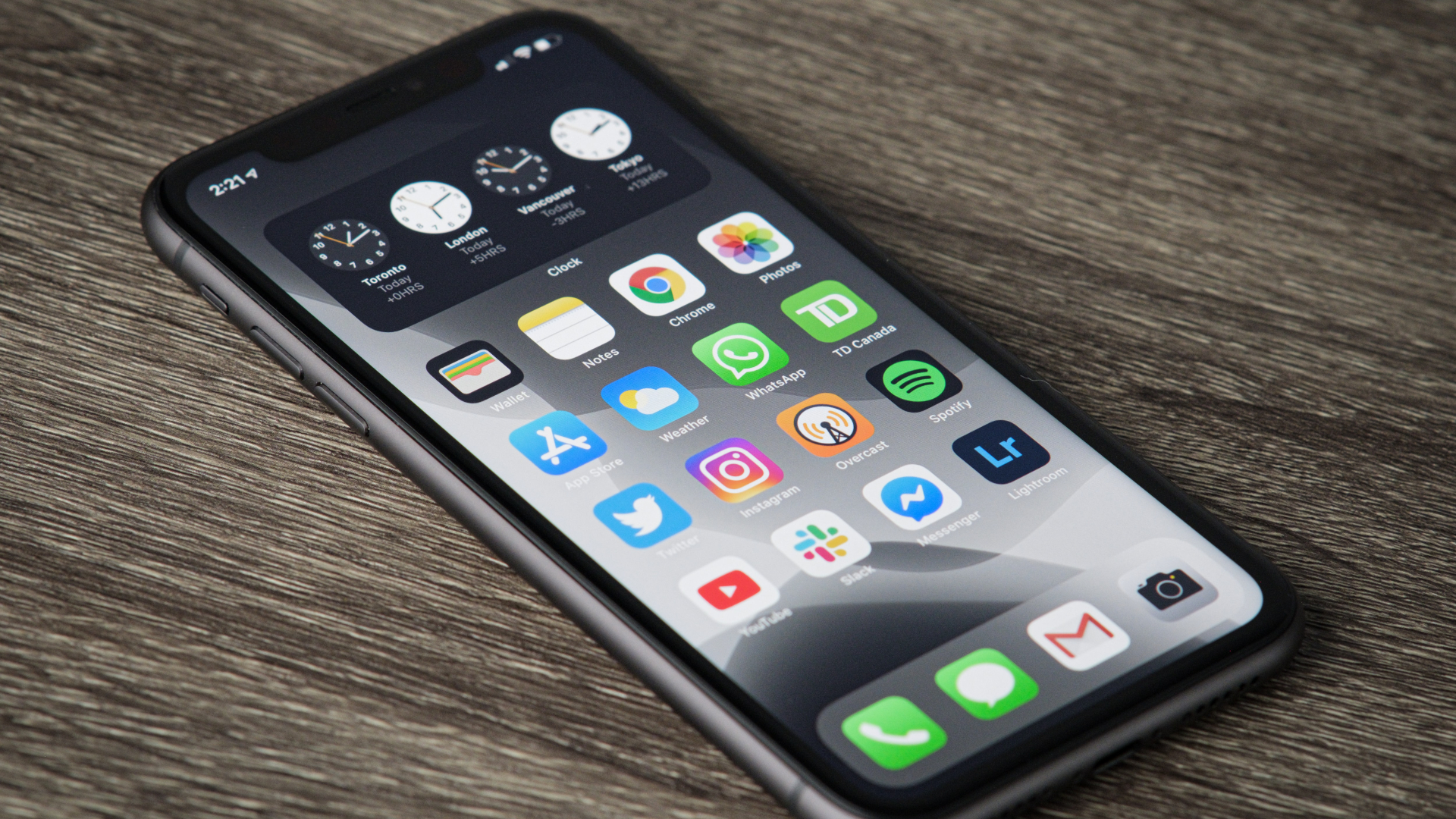It’s important to note, though, that the Apple Watch is water-resistant and not waterproof. This means if water enters the watch, it can damage the internals. Hence, it’s a good idea to eject water from your Apple Watch each time it is subjected to water. There is an built-in option on the Apple Watch that can help you.
Why Should You Eject Water From Your Apple Watch
The Apple Watch does a great job at tracking swims. It can give you data about the number of laps, time taken for each lap, etc. While wearing your Apple Watch during swimming is safe, some amount of water will enter the watch through the openings on the chassis. The main ingress point is the speaker grille openings on the watch.
As we all know, water can damage circuits, which is possible on the Apple Watch despite the water resistance. Also, note that the water-resistance only implies that it’s harder for water to enter a gadget. It doesn’t ensure a complete seal against water. So you’ll need to eject the water that may have entered teh Apple Watch as quickly as possible.
What Happens When You Don’t Eject Water From Your Apple Watch
If water remains inside the Apple Watch and comes in contact with the internal components, it can start corroding the electronics. This may ruin some electronic components inside the Apple Watch. As a result, some parts of your Apple Watch may stop working, like the battery or the speaker. The worst-case scenario is that your Apple Watch may stop working completely.
How to Eject Water From Your Apple Watch
Thankfully, Apple bakes a water ejection feature in the Apple Watch. Here’s how you can use it. Step 1: Remove the Apple Watch from your wrist and place it on a flat surface like a table. Step 2: Unlock the Apple Watch by entering your PIN. Step 3: Swipe up from the bottom of the Watch Face to bring up the quick toggles.
Step 4: Scroll down using the digital crown and find the water ejection function indicated by a waterdrop function.
Step 5: If you cannot see this option in the quick toggles, tap on the Edit button at the bottom and then tap on the ‘+’ icon on the water droplet symbol. Then select Done. Step 6: Now that you have the option, tap on it. This will enable the water ejection mode.
Step 7: In this mode, keep turning the digital crown in any direction and the Apple Watch will start ejecting water by playing a sound.
Step 8: Once done, you will see a prompt on your Apple Watch and the water is now ejected. Step 9: Use a dry cloth to wipe the external surface of your Apple Watch. If you feel like all the Watch didn’t eject water in one shot, repeat the process. You can also enable this mode before you go for a swim as it locks the touchscreen on the Apple Watch, thus preventing accidental touches.
How Does This Work
If you’ved observed, the water eject mode on the Apple Watch plays a certain sound and also causes the watch to vibrate. The sound that you hear is a high-frequency sound used to make the speaker vibrate continuously. This high-frequency sound pushes out the water molecules accumulated on the speaker grille of the Apple Watch.
These vibrations take place for just a few seconds but are effective enough to push out water. You can find similar implementations from FixMySpeakers that use the same principle to try and eject water that may have entered your smartphone via the speaker grille. This is also a good way to flush out your sweat if it has entered the watch’s speakers while you’re working out. However, we can’t confirm whether this is a 100% working solution for your phones or other devices.
Protect Your Apple Watch From Water Damage
Like any other water-resistant electronic gadget out there, Apple does not cover water damage under its warranty for the Apple Watch. If water does manage to enter your Apple Watch and damages it, you will have to pay for repairs unless you have Apple Care+ plan. That’s why it’s wise to prevent water from entering your gadgets and use such methods if your Apple Watch has been in or around the water. The above article may contain affiliate links which help support Guiding Tech. However, it does not affect our editorial integrity. The content remains unbiased and authentic.




















